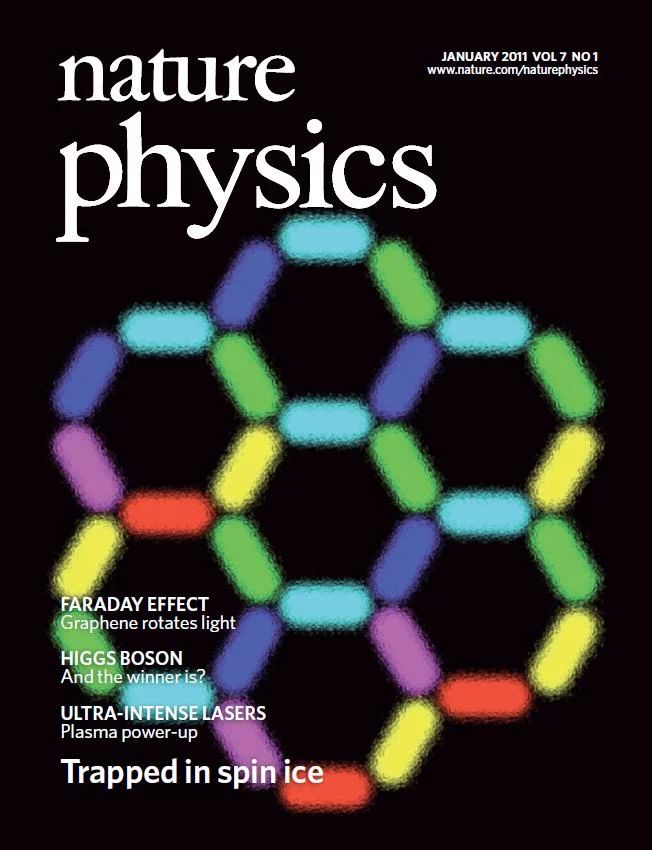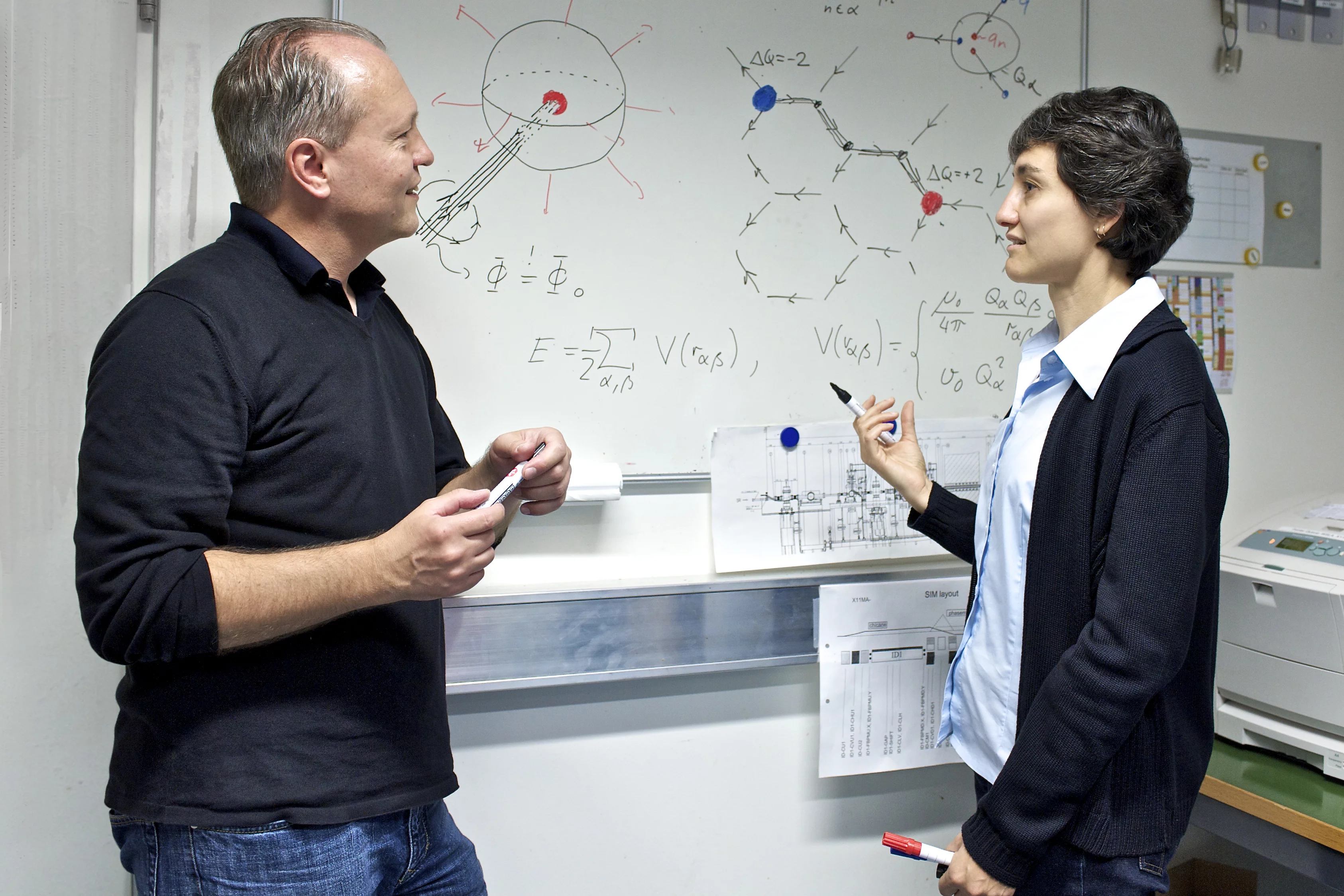For decades, researchers have been searching for magnetic monopoles; isolated magnetic charges, which can move around freely in the same way as electrical charges – since magnetic poles normally only occur in pairs. Now a team of researchers at the Paul Scherrer Institute PSI in Switzerland and University College Dublin have managed to create monpoles in the form of quasiparticles in an assembly of nanoscale magnets and to observe how they move using a microscope at the Swiss Light Source (SLS) to make the magnetic structures visible. As with the elementary monopoles, which were first predicted by the british physicist Paul Dirac in 1931, each monopole is connected by a string to a monopole of opposite charge. The two monopoles can nevertheless move independently of each other. These results are not only of scientific interest, but could also provide a basis for the development of future electronic devices. These results will be published online in Nature Physics on 17 October.
Read full article
Read full article
Laboratory: LMN
Laboratory for Micro and Nanotechnology, Paul Scherrer Institut, 5232 Villigen PSI, Switzerland
Email: laura.heyderman@psi.ch
Reference
Elena Mengotti, Laura J. Heyderman, Arantxa Fraile Rodríguez, Frithjof Nolting, Remo V. Hügli, and Hans-Benjamin Braun, Real space observation of emergent magnetic monopoles and associated Dirac strings in artificial kagome spin ice. Nature Physics Advance Online Publication 17 October 2010; DOI: 10.1038/NPHYS1794Contact
Dr. Laura J. HeydermanLaboratory for Micro and Nanotechnology, Paul Scherrer Institut, 5232 Villigen PSI, Switzerland
Email: laura.heyderman@psi.ch

